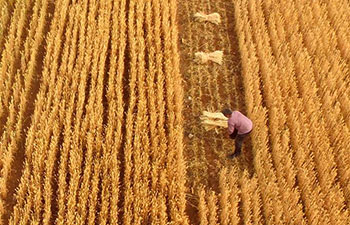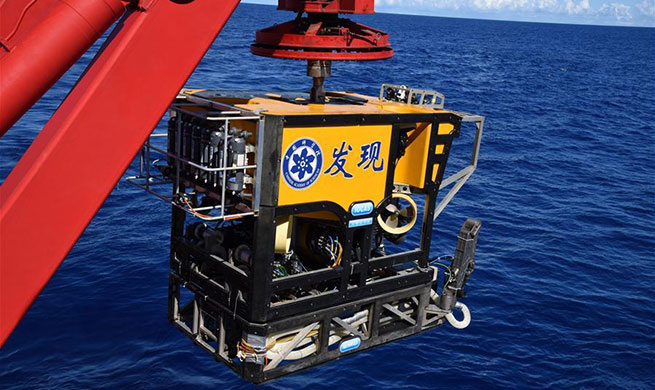WASHINGTON, May 27 (Xinhua) -- Australian scientists found that the world's fishing vessels doubled in size over the 65 years to 2015 but their catch capacity fell more than 80 percent during that period.
The study published on Monday in the journal Proceedings of the National Academy of Sciences showed that the global fishing fleet grew from 1.7 million vessels in 1950 to 3.7 million in 2015.
However, those vessels take only about 20 percent of the catch per unit of effort (CPUE) that the 1950s fishing boats achieved.
Scientists from the University of Tasmania who led the study said that it was a clear reflection of growing pressure on marine resources and a fall in the abundance of fish.
CPUE reflects how many fish are caught for the amount of effort expended, such as during a day's fishing, according to the researchers.
Also, most of the vessels newly built for fishing are motorized ones, instead of the unpowered vessels that once characterized Asian and African fishing fleets.
"In recent years a sharp drop in CPUE in Southeast Asia, Latin America and the Southern Mediterranean indicates their fisheries expanded at a much faster rate than fish stocks could support," said Yannick Rousseau, a marine researcher from the University of Tasmania.

















